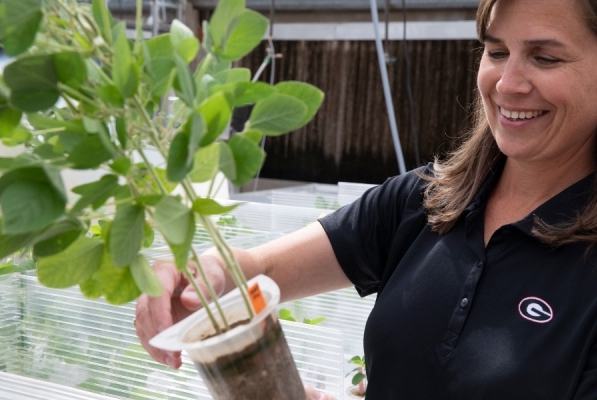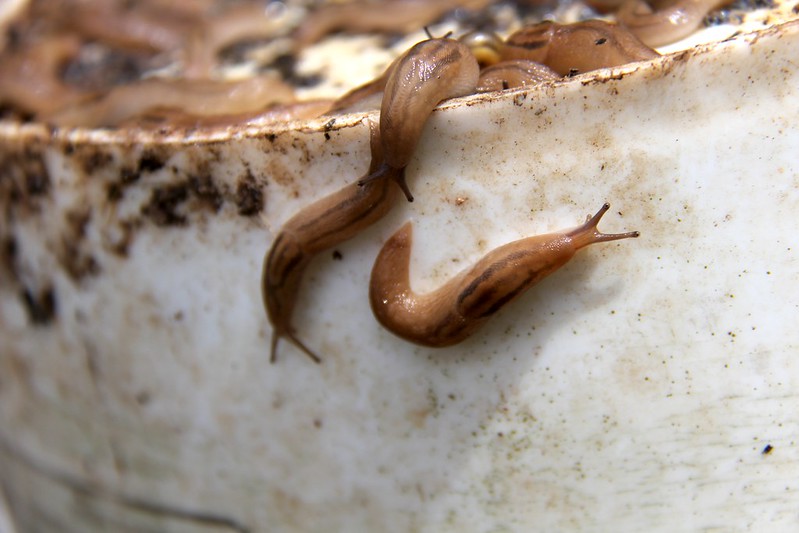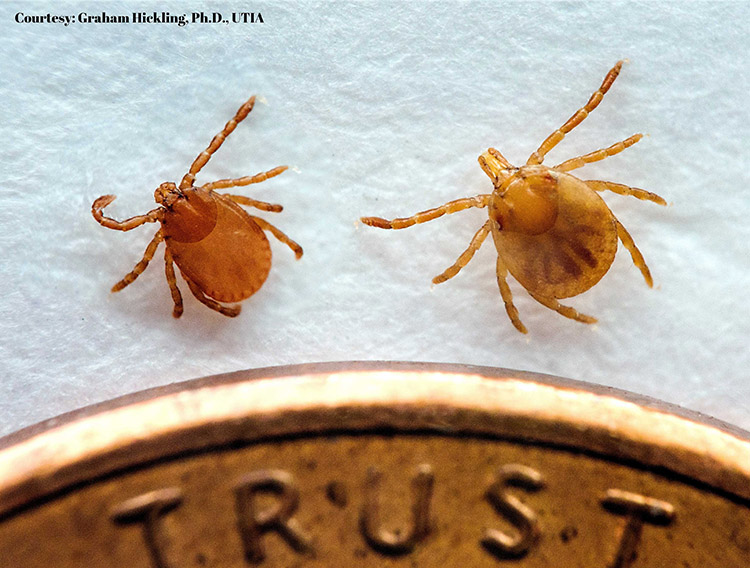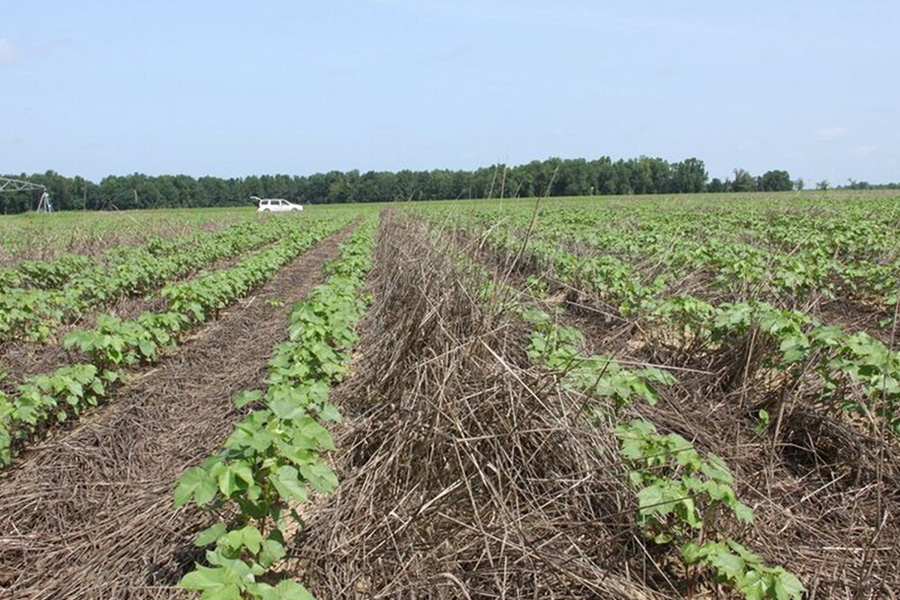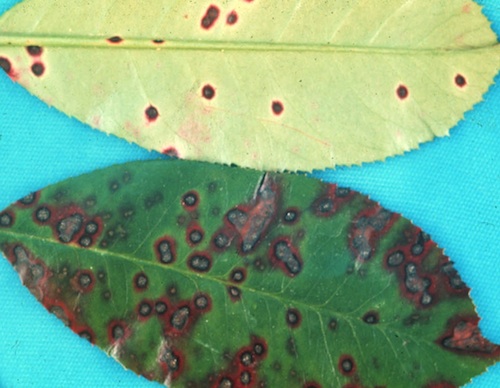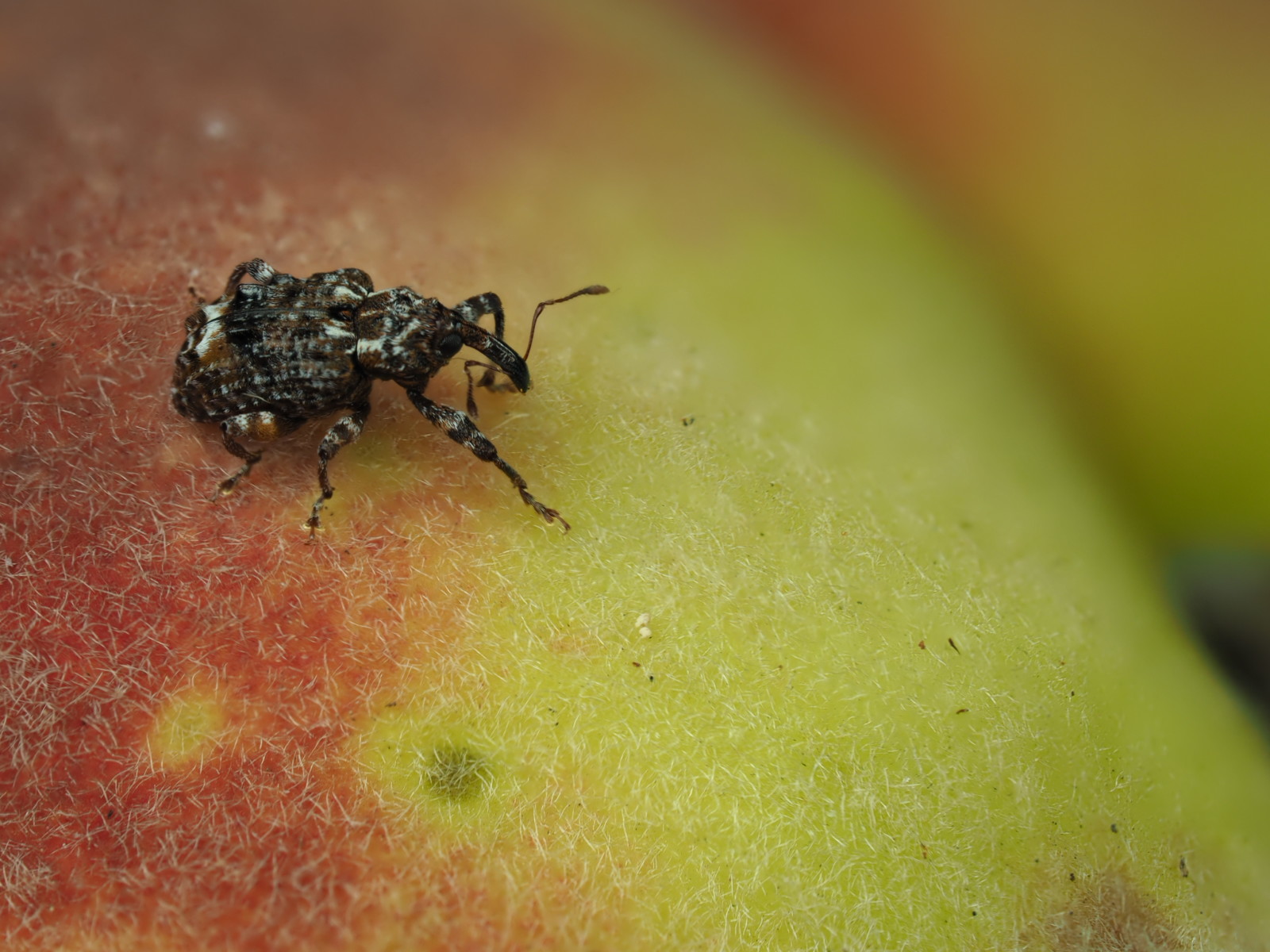 CAES News
CAES News
Plum Curculio
With the onset of warmer, longer days, an array of pink blooms from peach, cherry and plum trees break forth — the first signs of spring. And while most of us enjoy this seasonal shift, fruit tree growers prepare their orchards for the relentless, annual migration of insect pests.

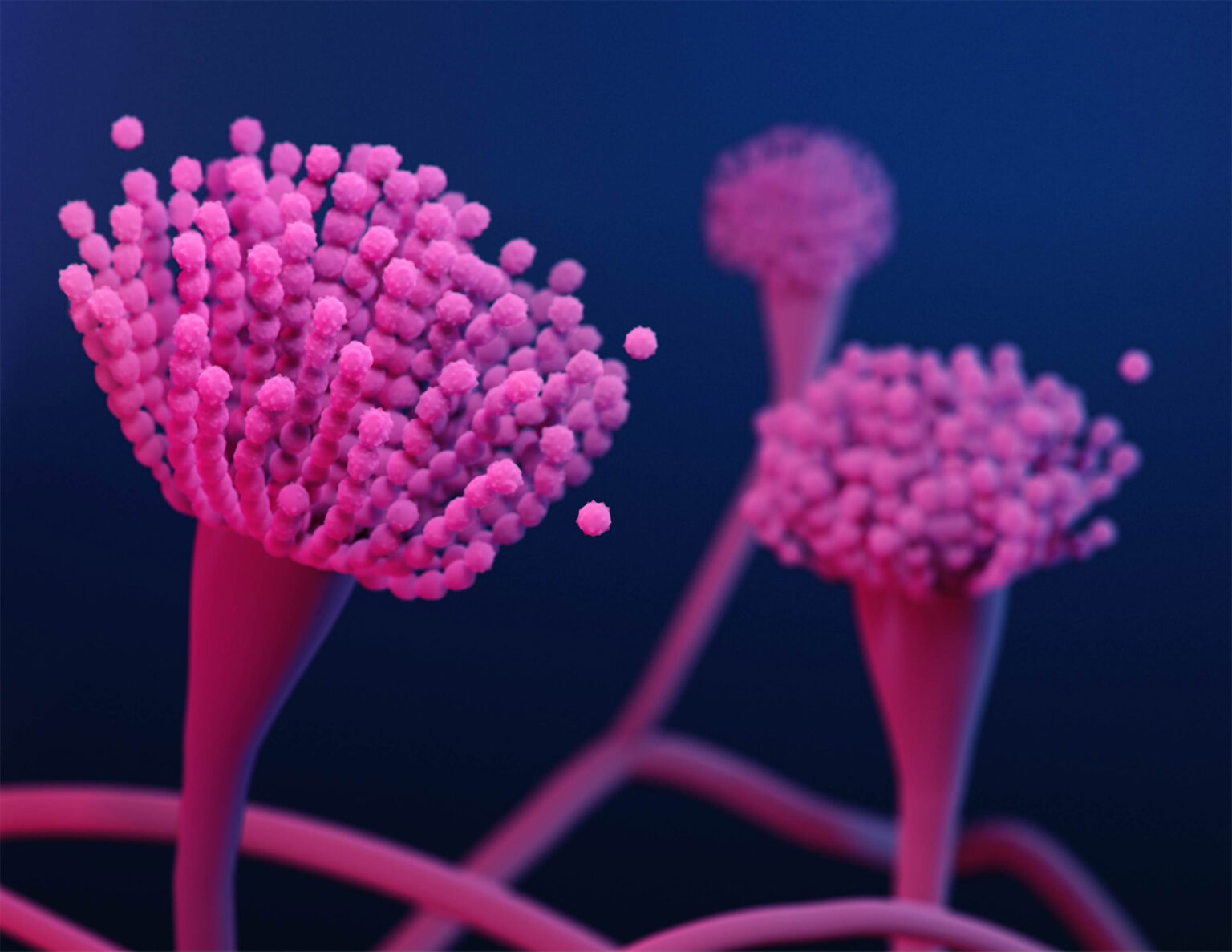
.jpeg)
